How much do pharmacists earn around the globe?

Priya Bhat | Posted on September 30, 2022 | Updated on 18 july 2024
Listing some of the top pharma-focused countries in the world and what they pay their professionals.
Let’s kick off with a little brain teaser: I say a word, and you say the first profession that pops into your head. Okay, ready? “Medicine”. Did you think “Pharmacist?
Yeah, us too.
Pharmacists are the first profession we think of when we need medication because that’s where we get our medicines from. After all the research, manufacturing, packaging and distribution (not to mention all the other jobs in between), pharmacists are the industry’s endpoint and where the real mission begins: healing patients. So, they are like the gatekeepers of health in a way.
So we’ll stop kissing up to pharmacists, but they are indeed important. These medical professionals provide prescription medication to patients and offer them expertise in interpreting prescriptions in the safest way possible. Like most other medical professions, they hold a lot of responsibility. Remember how, in most professions, a tiny mistake won’t kill anyone? Well, not pharmacists. A single mistake in somebody’s medications can have more severe consequences than in other areas, which also explains the high amount of training years they have to go through.
Pharmacists are highly versatile professionals whose expertise extends well beyond the counters of hospitals and drugstores. They also work in many places besides hospitals and drugstores. A pharmacist can work in diverse and dynamic environments such as:
- An industrial setting, such as a regulatory affairs specialist or compliance monitoring.
- On military bases, working in Compliance, Healthcare Support, and logistics.
- For insurance companies, as a Pharmacy Benefits Manager, that develops and maintains drug formularies, benefits costs, clinical programs etc.
- As a medical writer, to prepare proposals and secure funding for grants, Educational Content, and Regulatory Writing.
- Nuclear pharmacy, for radioactive drug preparation where they’re the ones that handle radioactive materials used for diagnoses or therapy.
- Lastly, get this: call centers. Some pharmacists in call centers handle emergency calls, offering immediate advice in situations such as potential poisoning or overdose. Their advice can save someone’s life, which is pretty cool in our book.
It’s easy to say that every medical professional needs it, but for pharmacists, communication is a critical part of their job. They need people’s skills, and interacting with customers who need medication guidance doesn’t sound easy. Pharmacists are on the front lines of healthcare, often serving as the most accessible healthcare provider for the public. Their role requires not just an understanding of complex medical and pharmaceutical terms but also the ability to convey that information in a clear, concise, and empathetic manner to patients who may have little to no medical knowledge.
Okay, so we mentioned pharmacists need lots of training. They can work in various industries, with jobs that require great responsibility and even save lives. This should mean they earn a good salary, right? Well, that’s what we will discover next.
Before we start, we should clarify that a person’s salary depends on many factors, not just geographic location. These include indicators such as industry (as we saw, there can be many options, not just drugstores and hospitals!), experience, skill set, and the type of employer you have. However, experience level is the most significant factor in determining the salary. It’s a clear indication that continuous professional growth is not just beneficial but also necessary. Naturally, more years of experience mean higher wages.
So remember that the numbers we show here are just an average indication of what you usually earn; the rest depends on specific situations.
Instead of a random selection, we selected the ten countries with the most Pharmaoffer users. This way, we included pharmacists and pharmaceutical companies interested in API sourcing.
Let’s start the list!
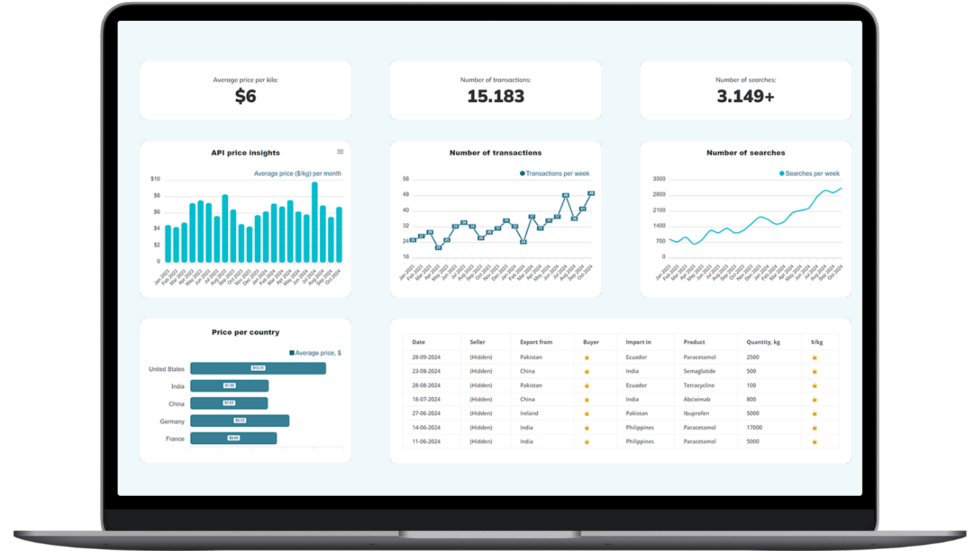
Make Smarter API Decisions with Data
Access exclusive insights on global API pricing, export/import transactions, competitor activities and market intelligence.
1. India
India is the world’s largest medicine factory. But what about pharmacist salaries? The average salary for a pharmacist in India is around ₹ 33,179 per month, a little less than $400/month. This hits the average Indian salary but is still significantly lower than average salaries in other countries. For the good and bad (we are not here to judge, but it’s still unfortunate to learn the disadvantages of Indian professionals), this competitiveness makes India one of the most popular outsourcing destinations globally.
Some Indian professionals can earn more, though. For instance, a pharmacist working in New Delhi earns 16.1% more than the national average, according to PayScale. This makes New Delhi a lucrative location for pharmacists. According to PayScale, the top recruiters of Pharmaceutical companies in India are Apollo Group Inc, Medplus, Inc., and Apollo Hospitals.
Want to learn why India is called the medicine factory of the world? Then check out our blog.
Discover more about India’s pharmaceutical giants here.
2. United States
If you are a pharmacist from the US reading this blog, let this be your confirmation to stay where you are. North Americans currently have the highest pharmacist salaries in the world. According to the BSL, the average salary for a pharmacist in the US is $10,714 monthly, while the average monthly wage in the USA is approximately $5,677.
In such a diverse country, salary depends on regional differences; for example, it is highest if you live in the coastal areas and work for a corporate system with several years of field experience.
Want to learn more about the USA’s pharmaceutical industry? Click here.
3. United Kingdom
The United Kingdom is falling behind compared to American salaries.bThe amount might not be as jaw-dropping as in the US, but it still provides an above-average lifestyle.
The average amount is £3,177 per month ($4,130/month), which is 36% higher than the UK’s national average salary.
Contrary to India, the gender ratio is very different in the UK, with females making up the majority of the workforce (around 70%). The highest average salaries come from Manchester (2.4% more) and London (1.9% more), while the lowest salaries can be found in Liverpool (8.3% less).
4. Switzerland
A pharmacist working in Switzerland makes CHF 6,500 on average, which equals $7,280 per month. The average monthly wage for pharmacists in Switzerland reflecting the country’s high living standards and robust healthcare industry. While Swiss pharmacists don’t earn as much as American ones, they certainly benefit from the best life quality standards.
In Switzerland, career experience matters and new pharmacists earn 30% less than the average salary, while pharmacists in their late careers earn 39% more than the average salary.
5. China
Chinese pharmacists earn a competitive monthly salary of CNY29,515 ($4,129). However, the real draw for clinical Pharmacists in China is the potential for a substantial salary increase of around 12% per year, notably higher than the national average of 9% for all professions. This financial incentive, coupled with the high demand for pharmacists in China, where more than 2400 new clinical pharmacists are needed annually to meet the Ministry of Public Health requirements, makes this a lucrative and promising career path.
Curious about how China dominates the pharma industry? Then, check out our blog!
6. Netherlands
The average salary for pharmacists working in the Netherlands is €3,333 per month ($3,730 monthly), while a senior pharmacist with more experience can earn up to around €200.000 ($224,000) annually!
Furthermore, like in most countries, big cities pay more in the Netherlands. The salary of a pharmacist in Amsterdam is 17% higher than the average pharmacist salary in other towns.
The gender gap is also very present in the Netherlands, meaning a male pharmacist earns approximately 4% more than a female pharmacist for performing the same job.
7. Egypt
A master’s degree is definitely worth its value in Egypt, with pharmacists earning up to 93% more than pharmacists with a bachelor’s degree. A Clinical Pharmacist working in Cairo will typically earn around EGP30,000, which equals to around $623 per month, and this can range from the lowest salary of about 16,250 EGP ($337) to the highest salary of 45,242 EGP ($933).
Similarly to many countries, a male clinical pharmacist earns approximately 18% more than a female clinical pharmacist for performing the same job, which is much higher than the pay gap in the Netherlands (around 4%).
8. France
A Pharmacist in France typically earns around 5,267 EUR ($5,868) per month. Of course, salaries in the capital, Paris, are higher than in most other cities. Similar to Germany, Only pharmacists can own a pharmacy in France, and ownership is restricted to one pharmacy, which is why there are no chains.
France offers extremely convenient working hours compared to most countries, where most pharmacies are open from about 9 AM until noon. Then, they close for lunch break until 2PM and stay open until 5/6 p.m.
9. Germany
A pharmacist in Germany earns around €3,722 per month, which is close to $4,181. The highest pay for a Pharmacist is €62k per year. German pharmacists are only allowed to own up to 3 locations, so there are no large drugstore chains like there are in the United States.
Like their French neighbors, pharmacists in Germany have an outstanding work-life balance. Most pharmacies are closed on weekends or even on weekdays.
10. Canada
The average pharmacist salary in Canada is C$7,612 ($5,709/month) some of the highest in the world. Entry-level positions start at around C$7,176 (5.383 USD) per month, while most experienced workers make up to C$9,126 (6,845 USD) per year. The highest salaries come from the regions of Alberta and Quebec (again, big cities pay more), while the lowest pharmacist income is in the area of Manitoba. The gender breakdown for pharmacists in Canada is slightly more even than in most countries, with female pharmacists making up 60% of the workforce.
We hope this article gave you a comprehensive overview of pharmacist salaries across various countries. We at Pharmaoffer certainly aimed for that. If you are considering a career in pharmacy, it’s always essential to highlight the diverse economic landscapes and how they influence earnings in this crucial sector, especially with so many options you can take regarding the industry and specialization you choose. Our goal was not only to offer a snapshot of current compensation trends but also to provide insights that could guide current and aspiring pharmacists’ career decisions. While the salaries vary significantly, reflecting each country’s standard of living and demand for healthcare professionals, one thing remains consistent: the indispensable value of pharmacists.
They are integral to the healthcare system, ensuring the safe and effective use of medicines—work that transcends geographical and economic boundaries. As we’ve explored the financial aspects of this profession, it’s clear that regardless of the variances in pay, pharmacists’ role remains critically important to global health outcomes.
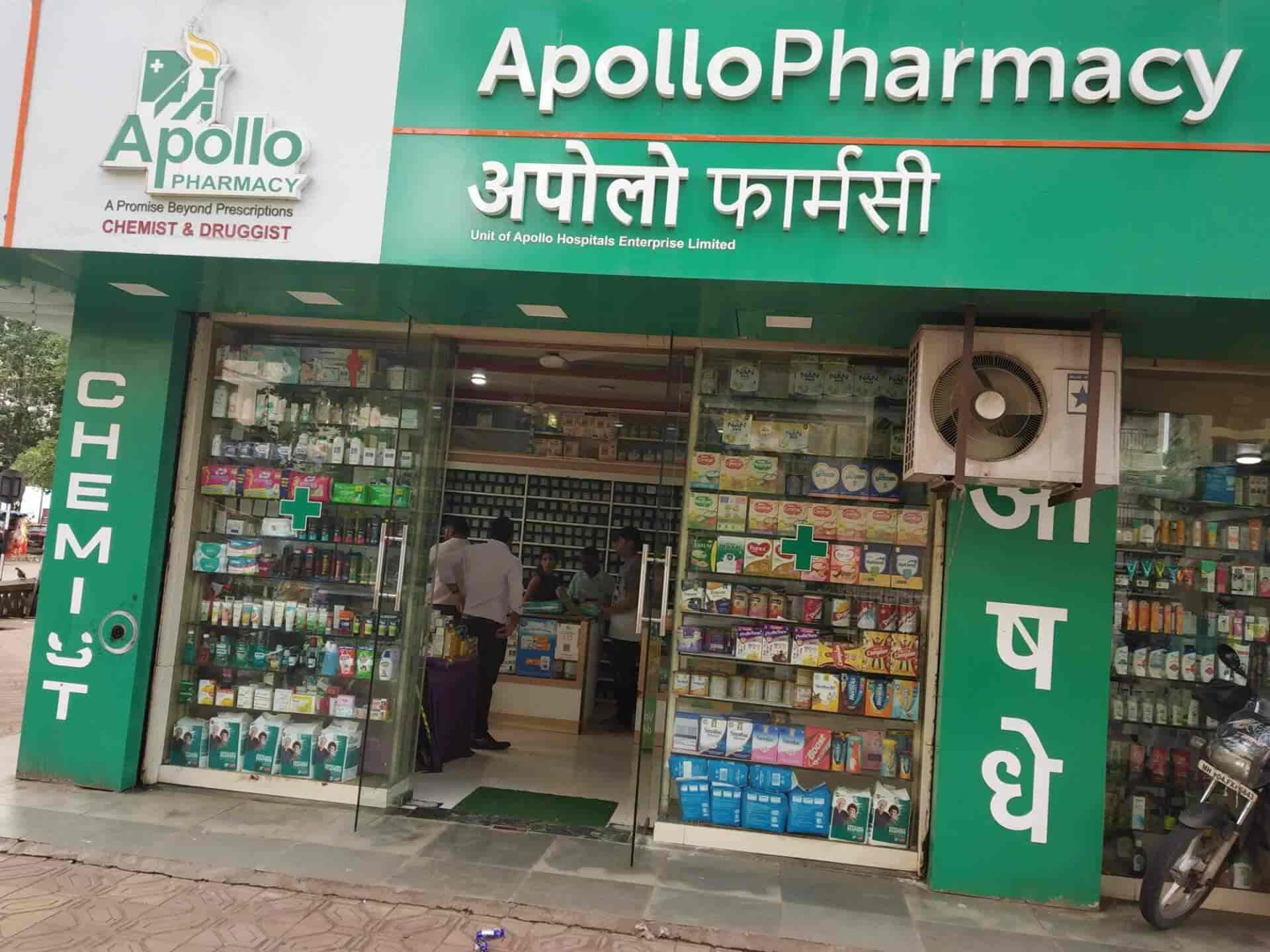
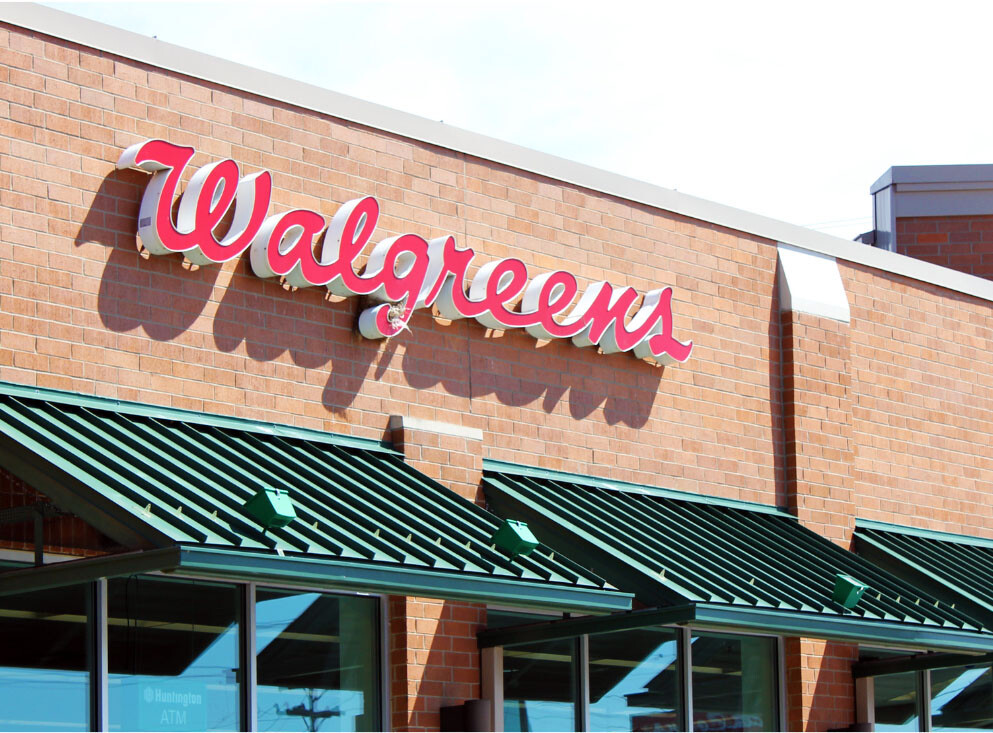
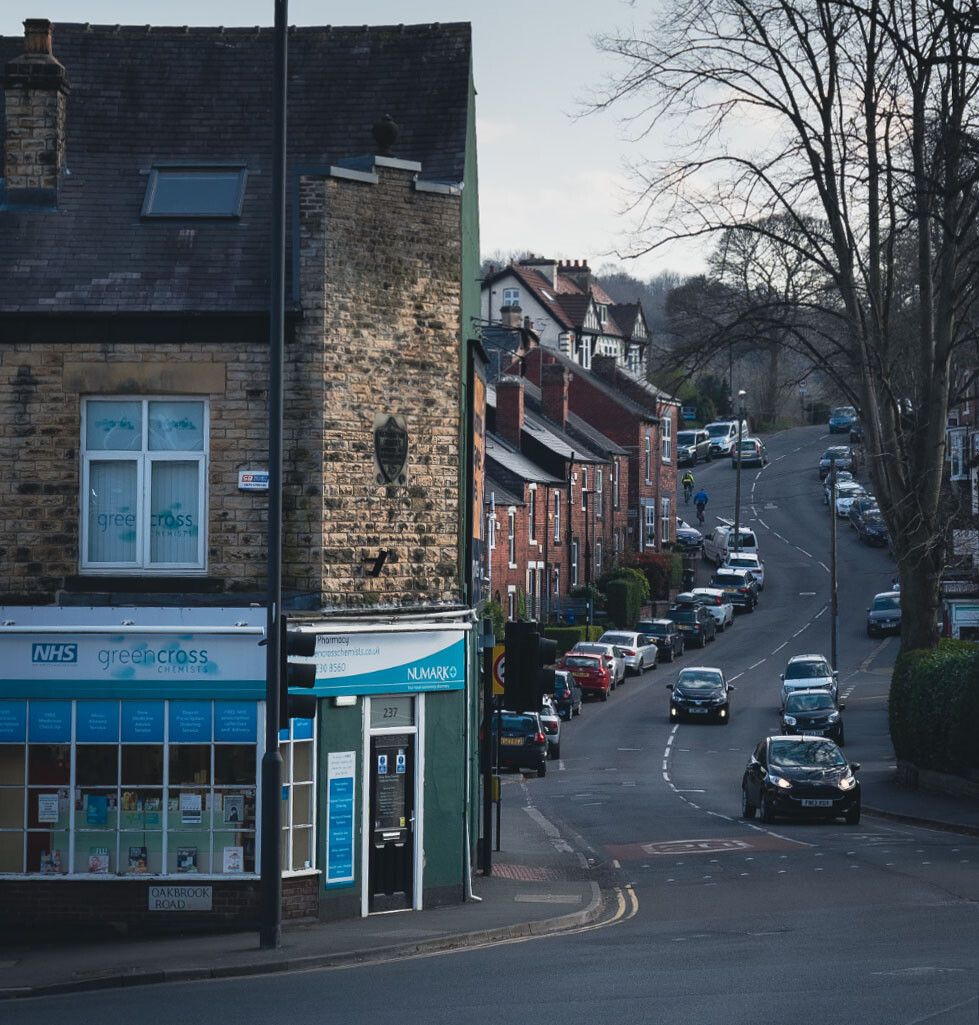
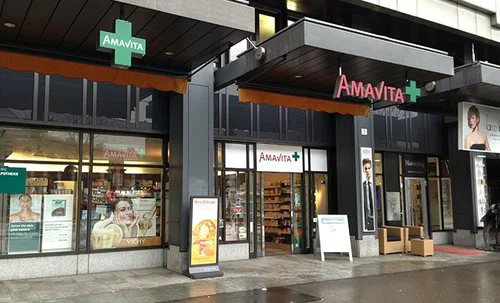

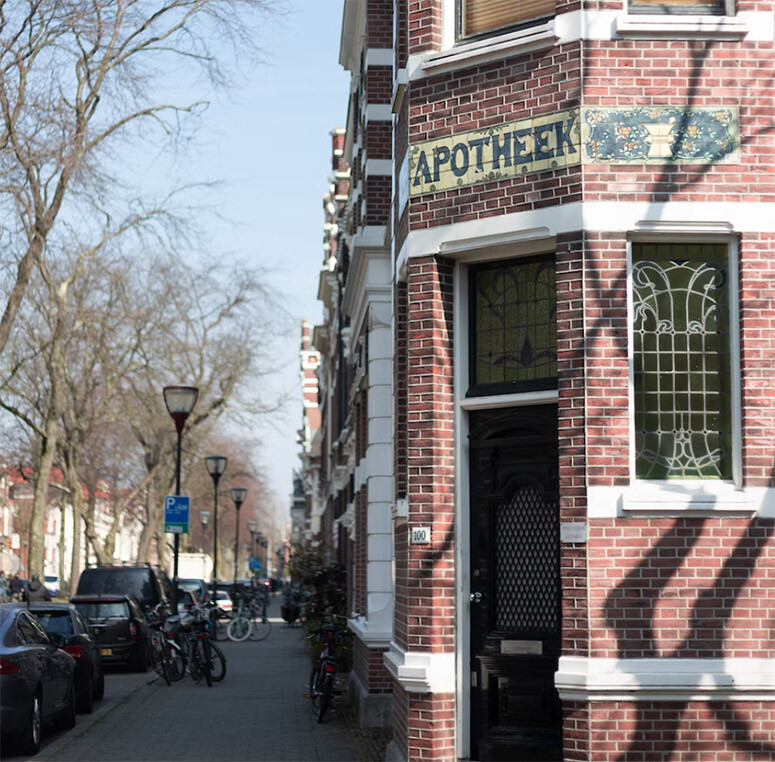


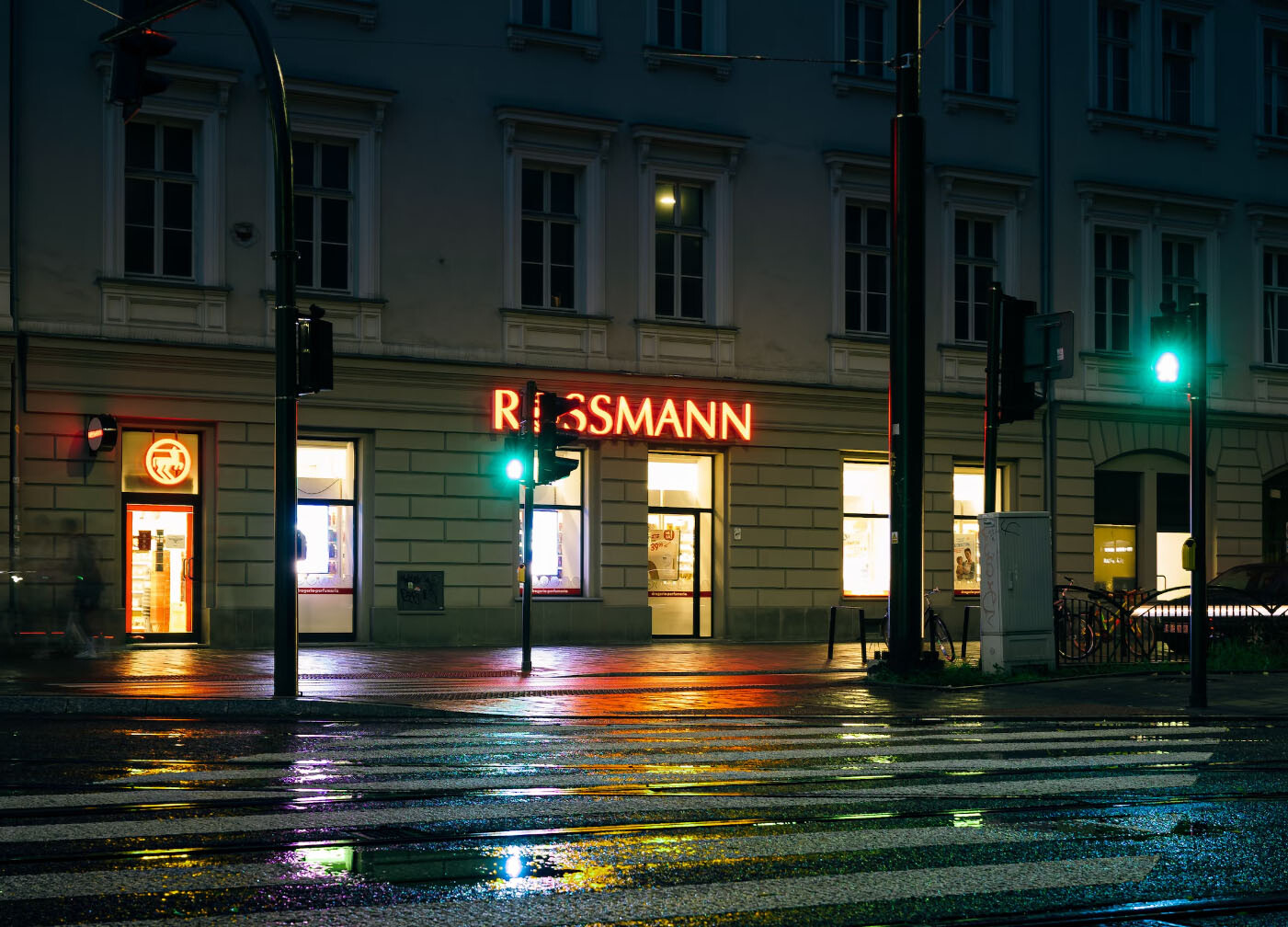







Check out all other blogs here!